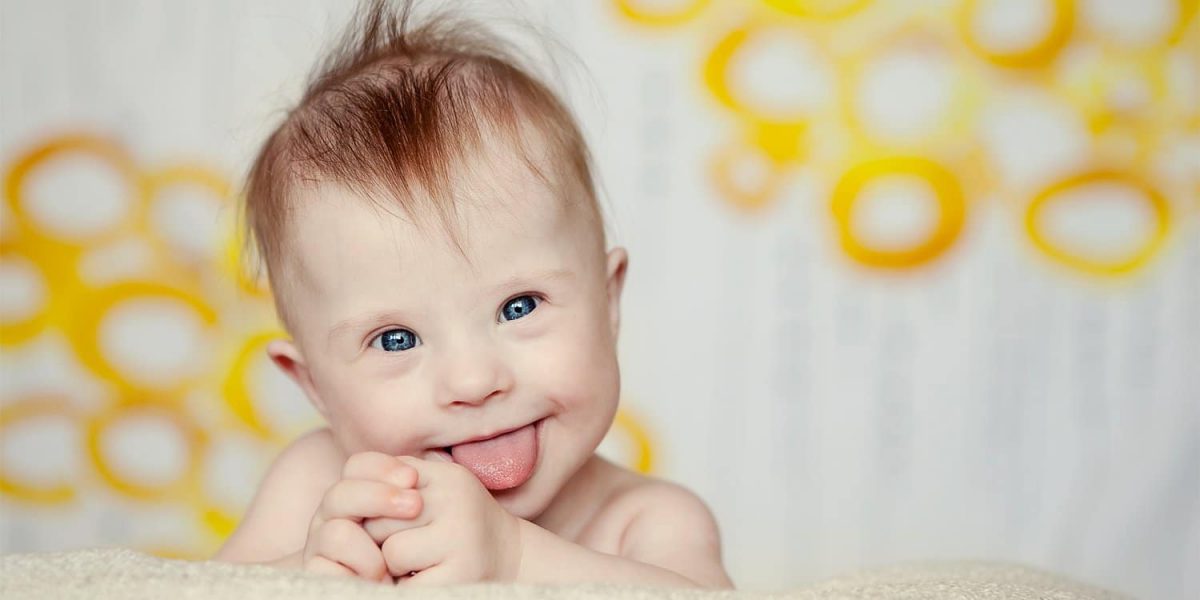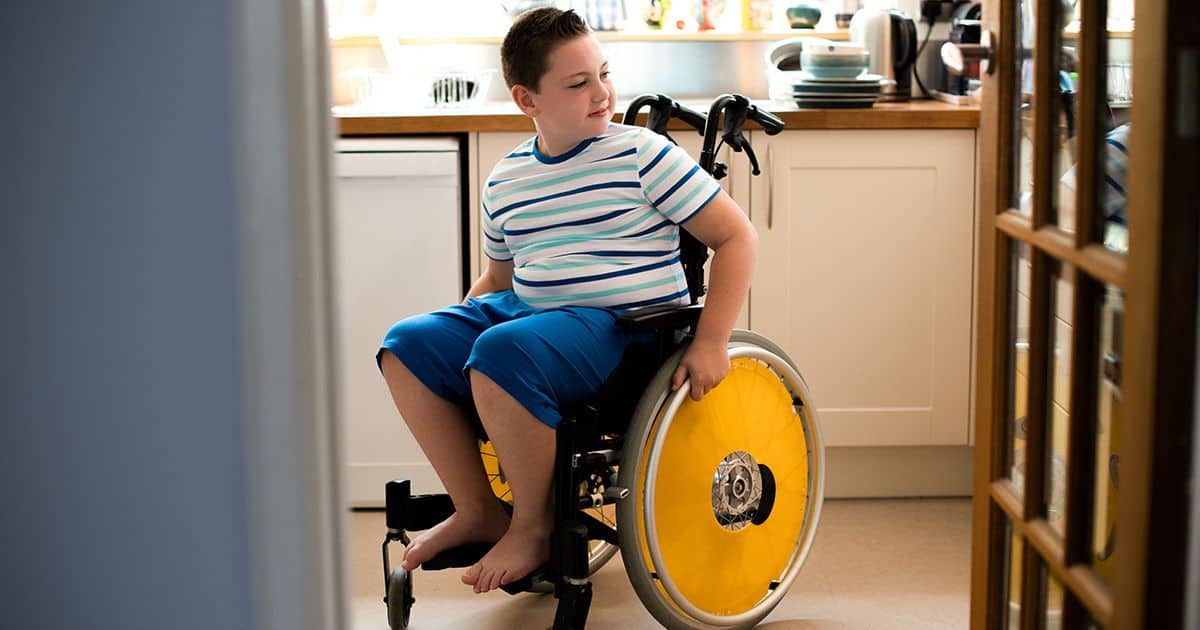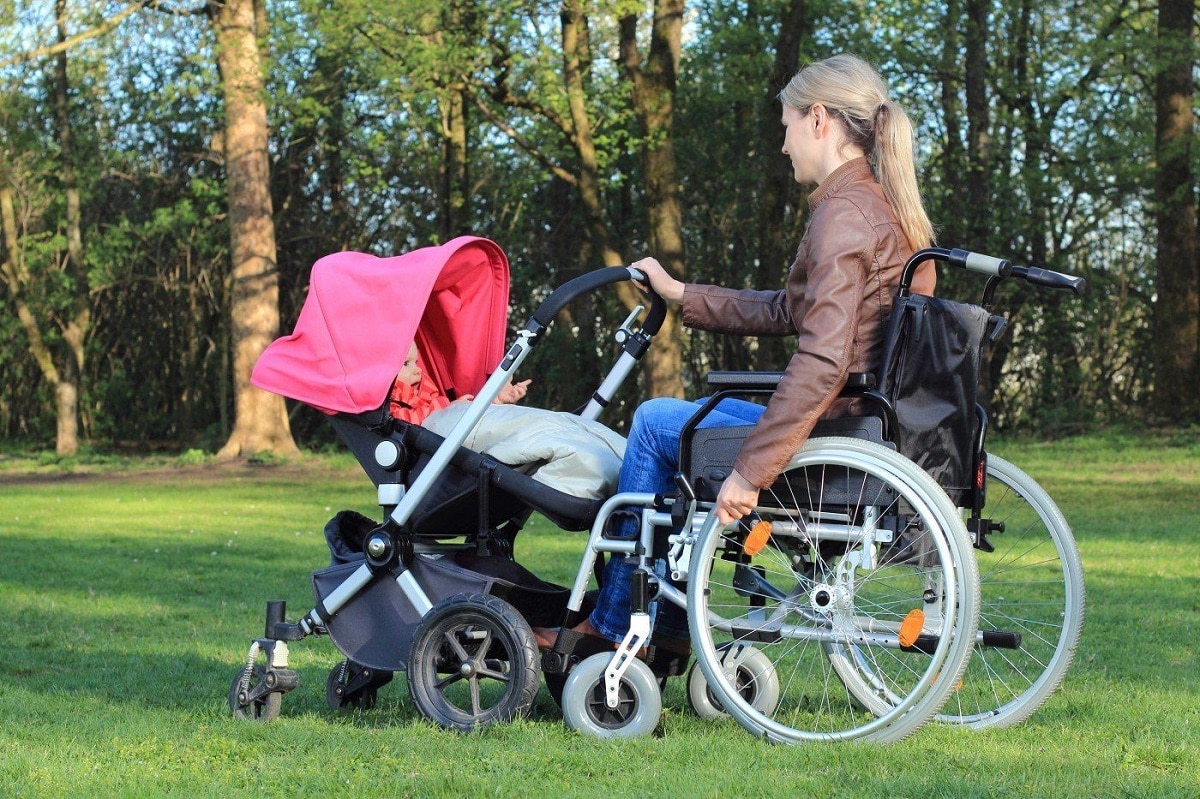
What is functional diversity? This name is given to the set of problems or conditions that can hinder the daily life of a boy or a girl. According to the World Health Organization (WHO), functional disability describes those who have problems that affect their body structure as well as limitations to carry out daily actions or to maintain social relationships with peers. Due to its breadth, we also speak of types of functional diversity, since the term encompasses several conditions.
Name functional diversity it replaces what was previously known as 'disability'. It is a more current term that contains a set of problems and conditions but whose starting point is very different. This term today has greater social acceptance. Or, as some say, it is the term "politically correct" to refer to what was previously known as "disabilities«. Functional diversity offers a more democratic and egalitarian look. The word diversity refers to the individuality of each human being. Meanwhile, the term "disability" refers to a supposed "lack" in relation to a certain "normality", something that today has become obsolete.
Let's talk about functional diversity
Beyond the types of functional diversity, It is important to know that this concept addresses three main aspects. On the one hand, the deficiency, that is, the loss of a structure or function, whether mental or physical. On the other hand, there is disability, that is, the restriction or total absence of a certain activity. And finally, there is disability, which is when a person presents a disadvantageous situation as a consequence of a deficiency or disability that affects their daily life.

From these aspects, the types of functional diversity can then be differentiated, which can be very different from each other according to what is affected. Thus, there is 5 types of functional diversity: motor, visual, auditory, intellectual and psychic, and multisensory.
Types of functional diversity
It is difficult to fully understand this topic if we do not mention the different types functional diversity since each of them implies different challenges. The physical or motor implies a physical disability that limits or hinders the performance of certain movements, such as movement, manipulation of objects and even breathing. It can be due to different circumstances, from bone or muscle problems to accidents. Also as a consequence of certain problems in the motor cortex. The motor functional diversity it is common in children with multiple sclerosis, spinal cord injury, spina bifida, cerebral palsy, muscular dystonia, and achondroplasia.
La visual functional diversity it includes both blindness and mild vision problems. Includes children with cataracts, strabismus, eye inflammation, etc. Depending on the severity, it can be a problem to develop daily life. The diversity auditory It is linked to problems or difficulties in hearing, something that can be very mild and does not affect daily life or, in the most serious cases, reach deafness.
In many cases, both vision and hearing problems can lead to learning disorders. Beyond hearing loss, there may be a hearing impairment that affects daily life, something that, for example, happens when developing orality. If the child does not hear well, they will have greater difficulties in acquiring and understanding language.

Intellectual and multisensory functional diversity
La intellectual functional diversity It is the fourth type and describes those people with mental disorders that affect their functionality and daily life. When cognitive difficulties appear, we speak of a disability. If before we talked about "mental retardation", today adaptation problems and learning difficulties refer to intellectual and mental diversity.
Intellectual disability can affect both intellectual, physical and psychological development. Examples of this condition are Down Syndrome. Intellectual diversity refers to intelligence, while psychic diversity refers to communication and social interactions that affect adaptive behavior but are not linked to intelligence. This is the case of bipolar disorder or schizophrenia.
Finally, there is the multisensory diversity covers people with hearing and vision problems. Usher syndrome is the best known and it is about children born with hearing problems who also lose their sight in their adolescence.